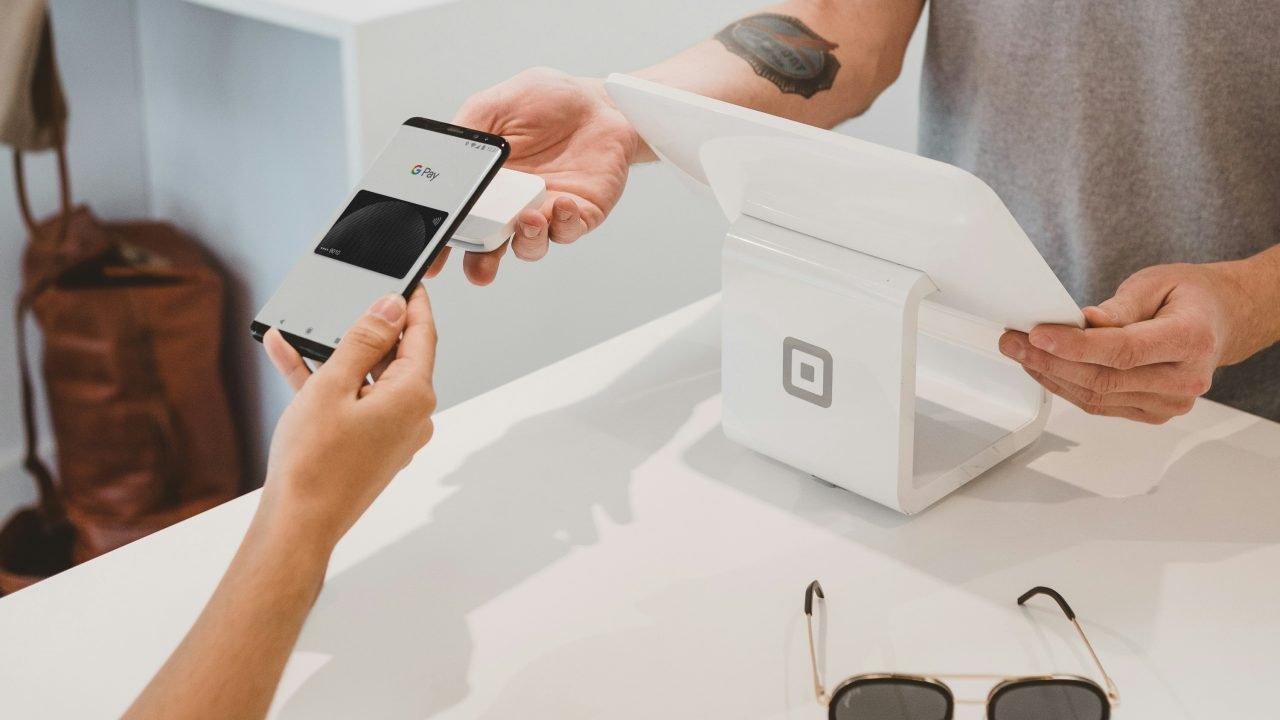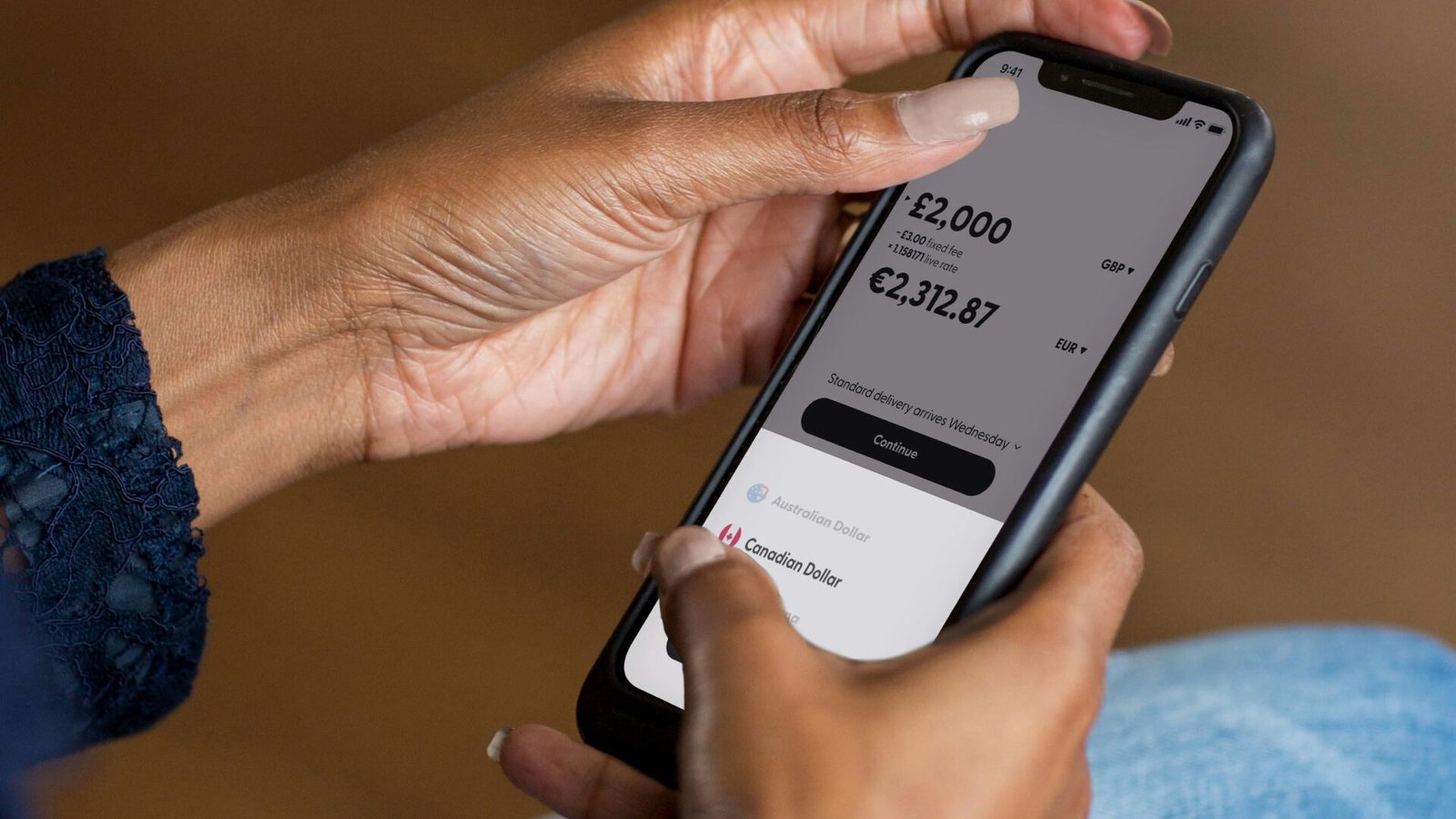Losing your wallet or bank card can be a stressful and inconvenient experience. The immediate concern is the potential for unauthorized transactions and identity theft. Knowing the right steps to take can significantly reduce these risks and help you regain control of your finances quickly. This article provides a comprehensive guide on bank card and wallet recovery, offering practical advice to ensure your financial security and peace of mind.

Immediate Actions to Take
1. Stay Calm and Assess the Situation
The first step is to remain calm and try to recall where you might have lost your wallet or card. Retrace your steps and check the last places you visited. Sometimes, a quick search can save you a lot of trouble.
2. Report the Loss to Your Bank
As soon as you realize your bank card is missing, contact your bank immediately. Most banks have 24/7 customer service lines specifically for reporting lost or stolen cards. Reporting the loss promptly is crucial because it limits your liability for any unauthorized transactions. According to most bank policies, if you report the loss within two business days, your liability is limited to $50.
3. Freeze or Lock Your Card
Many banks offer the option to freeze or lock your card through their mobile app or online banking platform. This feature prevents new transactions from being processed while you search for your card. If you find the card, you can easily unlock it. If not, proceed with requesting a replacement.
4. Notify Credit Card Companies
If you have lost a wallet containing multiple credit cards, notify each card issuer immediately. Similar to bank cards, prompt reporting limits your liability for fraudulent charges. Most major credit card companies provide 24/7 support for such situations.
Protecting Your Identity
1. Monitor Your Accounts
Regularly check your bank and credit card statements for any unauthorized transactions. Many banks and credit card companies offer real-time alerts for suspicious activities. Enroll in these services to stay informed about any unusual activity.
2. Place a Fraud Alert
Contact one of the major credit bureaus (Equifax, Experian, or TransUnion) to place a fraud alert on your credit report. This alert notifies creditors to take extra steps to verify your identity before opening new accounts in your name. An initial fraud alert lasts for one year and can be renewed.
3. Consider a Credit Freeze
A credit freeze restricts access to your credit report, making it difficult for identity thieves to open new accounts. You can place a credit freeze for free by contacting each of the major credit bureaus. Unlike a fraud alert, you need to lift the freeze temporarily if you want to apply for new credit.
Replacing Lost Items
1. Order Replacement Cards
Once you have reported the loss, your bank and credit card companies will issue replacement cards. These typically arrive within 7-10 business days. Some institutions offer expedited shipping for an additional fee.
2. Replace Your Driver’s License or ID
If your wallet contained your driver’s license or state ID, contact your local Department of Motor Vehicles (DMV) to report it lost or stolen and apply for a replacement. Be prepared to provide identification documents and pay a replacement fee.
3. Replace Other Important Documents
If you lost other important documents, such as your Social Security card, insurance cards, or membership cards, contact the issuing agencies to report the loss and request replacements. For your Social Security card, contact the Social Security Administration.
Preventative Measures for the Future
1. Use a Digital Wallet
Consider using a digital wallet (such as Apple Pay, Google Pay, or Samsung Pay) for transactions. Digital wallets use encryption and tokenization, which provide an extra layer of security compared to physical cards. If you lose your phone, you can remotely disable the digital wallet.
2. Minimize What You Carry
Avoid carrying unnecessary items in your wallet. Carry only essential cards and a small amount of cash. Leave your Social Security card and rarely used cards at home in a secure place.
casinous online sportsbook usa
For those looking to combine financial savvy with entertainment, the casinous online sportsbook usa offers a secure and engaging platform for sports betting. Similar to the trusted guidance provided by Beneficial Savings, this sportsbook prioritizes reliability, user-friendly navigation, and informed decision-making. Players can enjoy access to a variety of sports markets, live updates, and exclusive promotions. It’s the perfect place for anyone seeking a safe, strategic, and exciting online betting experience.
3. Use a Tracker
Consider using a Bluetooth tracker (like Tile or AirTag) in your wallet. These devices can help you locate your wallet using your smartphone.
4. Keep Copies of Important Information
Make copies of your important cards and documents and store them in a secure place. Having copies can make the replacement process easier if your wallet is lost or stolen.
5. Set Up Account Alerts
Many financial institutions offer alert services for transactions and account activities. Set up alerts for large transactions, international charges, and other activities to catch unauthorized transactions early.
Conclusion
Losing your bank card or wallet can be a daunting experience, but taking immediate and informed actions can mitigate the risks. By staying calm, reporting the loss promptly, monitoring your accounts, and implementing preventative measures, you can protect your finances and identity. Remember, the key to minimizing the impact of losing your wallet or bank card lies in your preparedness and quick response.











